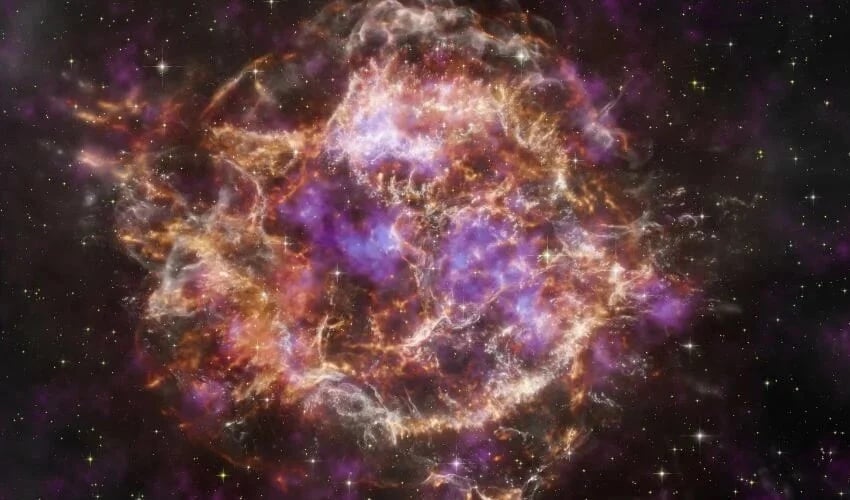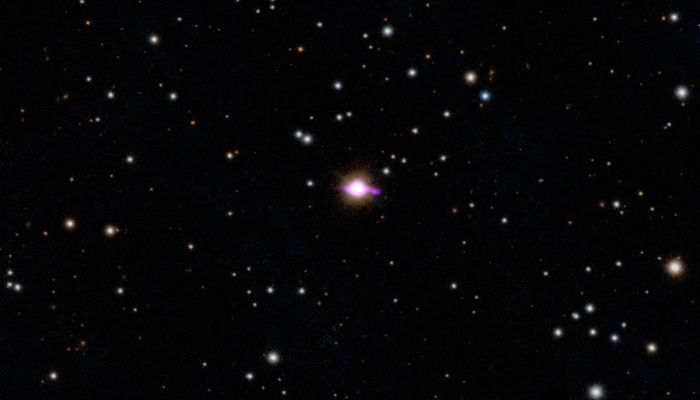Hold the Stars in Your Hands With NASA’s 3D Models

Aerospace is an industry that relies heavily on 3D technologies, whether to speed up prototyping, research or create end-use parts. Indeed, tools like 3D scanning and 3D printing are of paramount importance to many engineers and key players in the sector, including NASA. One example is how NASA has created complex 3D models of our stars and other sky objects to advance astronomical research.
Using data from the Chandra X-Ray Observatory, a team of NASA researchers has succeeded in making spectacular images of space tangible, based on the latest theoretical models, algorithms and observations from the observatory. Four new NASA 3D models have just been published, and that’s not all: the models are fully 3D printable, making it possible to study constellations in greater depth. This allows astronomers – or any space fan – to explore these distant objects in the starry sky up close.

A telescope image of the young star BP-Tau. In the video further below, you can see the 3D model.
But which objects were published? The observatory chose one star – BP Tau, and three supernova remnants – Cassiopeia A, G292.0+1.8 and the Cygnus loop. All the models reveal surprising details that even telescopic vision cannot provide.
For example, the researchers wanted to look more closely at the properties of Cassiopeia A, which they eventually dubbed the “green monster.” Thanks to the 3D model, they were able to gain new insights into its origin, as well as the explosion that created Cassiopeia A nearly 340 years ago. The model is not only interesting for research, but also for aesthetics – it looks like a round, purple cloud of gas, with a golden light shining through it.
BP Tau is a young star – “only” 10 million years old and still growing. From the starry sky, we can see a disk shape around the star’s center. The model shows, however, that the disk is much more complex than originally thought. Concave surfaces extend around the star’s luminous core, giving rise to green flares. Due to the star’s relative youth, orange and pink flower-like outgrowths also appear, so that BP Tau looks like a colorful orchid in the 3D model.
The other models also feature colorful shapes, which researchers and interested parties can now take a closer look at thanks to 3D printing technologies. The 3D models are the result of many years of research by Salvatore Orlando, which you can read about in specialist journals such as Astronomy & Astrophysics.
Additive manufacturing enables us to create complex prototypes in a very short time. As this example shows, it doesn’t just facilitate the strictly technical aspects of research or production. On the contrary, concrete theoretical issues can also be explored with fresh impetus thanks to 3D printing. And apart from research, who hasn’t dreamed of holding stars in their hand? To find out more about the models and research results, click HERE.
What do you think of NASA’s 3D models? Let us know in a comment below or on our LinkedIn, Facebook, and Twitter pages! Don’t forget to sign up for our free weekly Newsletter here, the latest 3D printing news straight to your inbox! You can also find all our videos on our YouTube channel. For more 3D printing news in the aerospace and defense sectors, check out our dedicated page HERE.
*All Photo Credits: NASA







